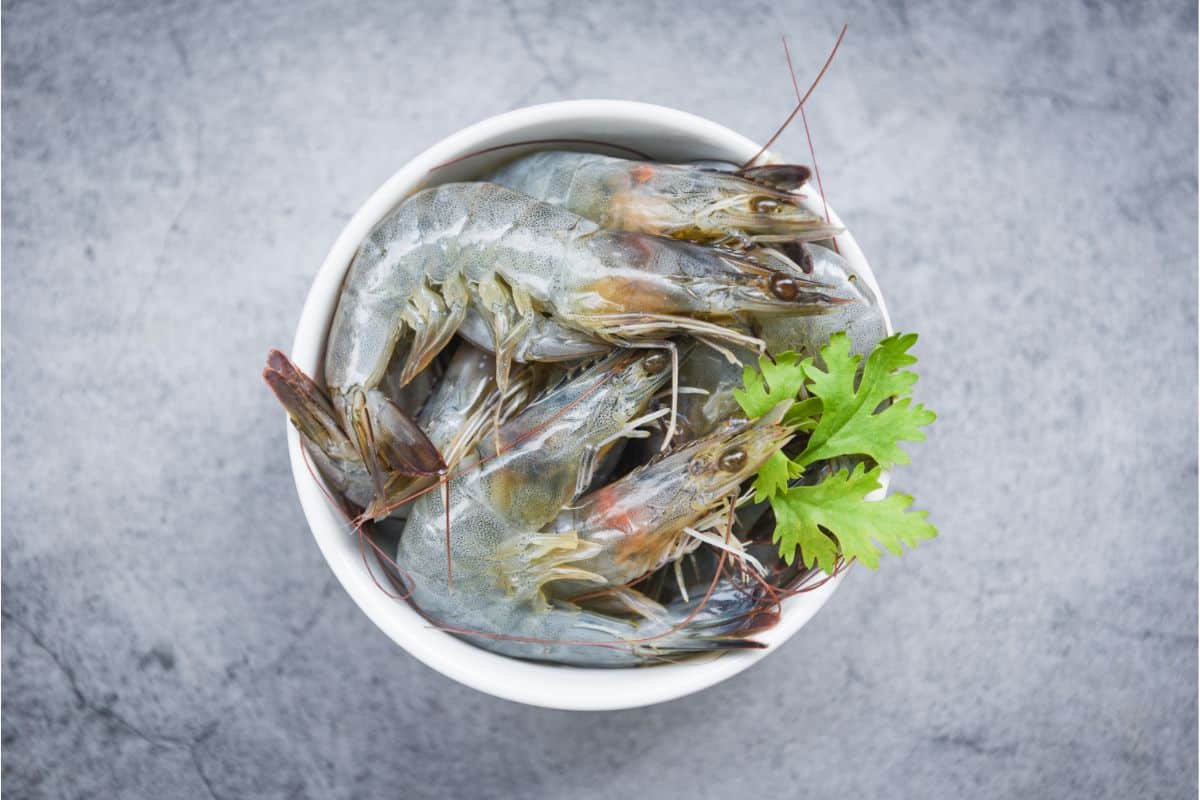

Articles
How To Store Shrimp In Fridge
Modified: May 6, 2024
Discover the best methods to store shrimp in the fridge with this comprehensive guide. Read our articles for tips and tricks on keeping your shrimp fresh and delicious for longer.
(Many of the links in this article redirect to a specific reviewed product. Your purchase of these products through affiliate links helps to generate commission for Storables.com, at no extra cost. Learn more)
Introduction
Shrimp is a delicious and versatile seafood that can be enjoyed in a variety of dishes, from scampi and stir-fries to salads and pasta. However, to fully enjoy the flavor and texture of shrimp, proper storage is essential. Storing shrimp in the fridge ensures its freshness and extends its shelf life, allowing you to enjoy it whenever you crave a seafood delight.
In this article, we will guide you on how to store shrimp in the fridge correctly, ensuring its quality and safety. We’ll provide you with tips on preparing shrimp for refrigeration, choosing the right container, wrapping and storing it properly, as well as checking for freshness. We’ll also discuss the proper method for thawing shrimp in the refrigerator and offer some tips for extended storage. So, let’s dive in!
Key Takeaways:
- Proper storage of shrimp in the fridge is crucial for maintaining freshness and safety. Follow temperature, humidity, and cross-contamination guidelines to ensure your shrimp stays delicious and safe to consume.
- Thaw frozen shrimp in the refrigerator for even and safe cooking. Use airtight containers, check for freshness, and follow extended storage tips to maximize the shelf life of your shrimp.
Read more: How To Store Shrimp In Freezer
Proper Storage of Shrimp
Proper storage of shrimp is crucial to maintain its freshness and prevent bacterial growth. Shrimp is a highly perishable seafood, so it’s essential to handle and store it correctly to ensure its quality. Here are some key considerations when storing shrimp:
- Temperature: Shrimp should be stored at a temperature below 40°F (4°C). This helps to slow down the growth of bacteria that can cause spoilage.
- Humidity: Shrimp should be stored in a moist environment. Wrapping it in a damp paper towel or storing it in a container with a lid can help maintain the required moisture level.
- Avoid Cross-Contamination: To prevent cross-contamination, it’s important to store raw shrimp separately from cooked or ready-to-eat foods. This helps minimize the risk of bacteria spreading from raw shrimp to other foods.
- Length of Storage: Shrimp is best consumed within 2 days of purchase. If you don’t plan to use it within that time frame, freezing is a better option to maintain its quality.
By following these guidelines, you can ensure that your shrimp remains fresh and safe to consume. Let’s move on to the next section to learn how to prepare shrimp for refrigeration.
Preparing Shrimp for Refrigeration
Before you store shrimp in the fridge, it’s important to properly prepare them. Here are a few steps to follow:
- Inspect and Clean: Start by inspecting the shrimp for any signs of spoilage, such as a strong fishy odor or slimy texture. Discard any shrimp that appear questionable. Next, rinse the shrimp under cold water to remove any dirt or debris.
- Deveining: Although deveining is optional, it’s a step that many people prefer to take. To devein the shrimp, use a sharp knife or kitchen shears to make a shallow slit along the back of each shrimp. Gently lift out the dark vein and discard it. Rinse the shrimp under cold water to remove any remaining debris.
- Dry the Shrimp: Pat the shrimp dry using paper towels. Excess moisture can promote the growth of bacteria, so it’s important to remove as much moisture as possible before refrigerating.
Once you’ve prepared the shrimp, you’re ready to move on to the next step: choosing the right container for refrigeration. Let’s explore this in the following section.
Choosing the Right Container
When storing shrimp in the fridge, it’s crucial to select the right container to maintain its quality and prevent any cross-contamination. Here are some factors to consider when choosing a container for shrimp storage:
- Airtight: Opt for an airtight container or a zip-top plastic bag. This helps to prevent the shrimp from absorbing any strong odors from other foods in the fridge.
- Size: Choose a container that is appropriately sized for the quantity of shrimp you plan to store. It should have enough space to accommodate the shrimp without overcrowding, which can cause them to spoil faster.
- Stackable: If you have limited space in your fridge, consider using stackable containers. This allows you to efficiently utilize the available space and helps organize your fridge.
- Transparent: A transparent container or bag allows you to easily see the condition of the shrimp without opening the container. This way, you can quickly check for freshness before using the shrimp.
When considering the container, keep in mind that it should be food-safe and easy to clean. Glass or food-grade plastic containers are excellent choices. Once you’ve chosen the container, it’s time to wrap and store the shrimp properly, which we’ll discuss in the next section.
Wrapping and Storing Shrimp in the Fridge
Properly wrapping and storing shrimp in the fridge is essential to maintain its freshness and prevent any contamination. Follow these steps to ensure your shrimp stays fresh:
- Packaging: Place the prepared shrimp in an airtight container or a resealable plastic bag. Make sure to remove as much air as possible from the bag before sealing it. This helps to minimize oxidation and prevent freezer burn.
- Labeling: Use a permanent marker to label the container or bag with the date of storage. This allows you to keep track of how long the shrimp has been in the fridge and ensure that you use it within the recommended timeframe.
- Storage Location: Store the wrapped shrimp in the coldest section of your refrigerator, typically in the back or on the lower shelves. This helps to maintain a consistent temperature and prevents the shrimp from being exposed to temperature fluctuations when the refrigerator door is opened.
- Avoid Overcrowding: Do not overcrowd the container or bag with shrimp. Leave some space for air circulation, as overcrowding can lead to moisture buildup and increase the risk of spoilage.
- Separation: Keep the raw shrimp separated from other foods, especially cooked or ready-to-eat items, to prevent cross-contamination. Place it on a lower shelf or in a separate compartment to minimize the risk of bacteria transfer.
Following these steps ensures that your shrimp is properly stored and maintains its freshness in the fridge. But how do you know if the shrimp is still fresh? Let’s find out how to check for freshness in the next section.
To store shrimp in the fridge, place them in an airtight container or resealable bag and keep them in the coldest part of the fridge, usually the back. Use within 1-2 days for best quality.
Read more: How To Store Cooked Shrimp
Checking for Freshness
Before using stored shrimp, it’s essential to check for freshness to ensure it is safe to consume. Here are a few indicators to look for when checking the freshness of shrimp:
- Appearance: Fresh shrimp should have a translucent appearance with a natural pink or grayish color. Avoid shrimp that appear discolored, have dark spots, or look slimy.
- Smell: Fresh shrimp should have a mild, briny odor, similar to the scent of the ocean. Be cautious of any strong, unpleasant smells, as they could indicate that the shrimp is spoiled.
- Texture: The texture of fresh shrimp should be firm and slightly springy to the touch. Avoid shrimp that feel mushy or have a rubbery texture.
- Shell Integrity: Check the shells of the shrimp for any cracks or signs of damage. Shrimp with cracked shells are more susceptible to bacteria growth and are best avoided.
If you detect any off-putting odors, unusual discoloration, sliminess, or a soft texture, it’s advisable to discard the shrimp, as it may not be safe for consumption. Trusting your senses and being vigilant about freshness can help ensure that the shrimp you use in your dishes is of the highest quality.
Now that you know how to check for freshness, let’s explore the proper method for thawing shrimp in the refrigerator.
Thawing Shrimp in the Refrigerator
If you have frozen shrimp that you want to use, it’s essential to thaw them properly to ensure even and safe cooking. Thawing shrimp in the refrigerator is the recommended method, as it allows for a slow and controlled thawing process. Follow these steps:
- Transfer: If your shrimp is stored in the freezer, take it out and transfer it to a container or bag that is suitable for refrigerator storage. Make sure the container is properly sealed to prevent any cross-contamination.
- Placement: Place the sealed container or bag with the frozen shrimp in the refrigerator. Ensure that it is placed on a low shelf to prevent any drips or leaks from contaminating other foods.
- Allow Time: The thawing process requires time. It is recommended to allow the shrimp to thaw overnight in the refrigerator. This slow thawing process helps preserve the texture and quality of the shrimp.
- Check for Thawing: After the designated time has passed, check the shrimp for complete thawing. The shrimp should be fully defrosted, pliable, and no longer frozen in the center.
Once the shrimp is fully thawed, proceed with your desired cooking method immediately. Avoid refreezing previously thawed shrimp, as it can affect the quality and texture of the seafood.
By following these steps, you can safely thaw frozen shrimp in the refrigerator, allowing for a seamless cooking process and ensuring that your shrimp retains its freshness and flavor.
Now, let’s explore some tips for extended storage of shrimp in the refrigerator.
Tips for Extended Storage
If you find yourself needing to store shrimp in the refrigerator for an extended period, there are a few additional tips you can follow to maintain their quality:
- Freeze First: If you know you won’t be able to consume the shrimp within a couple of days, it’s best to freeze them immediately after purchasing. Freezing slows down the bacterial growth and helps preserve the freshness of the shrimp for a longer period.
- Use Ice Packs: If you’re transporting shrimp from the store to your home and won’t be able to refrigerate them right away, place the shrimp in a cooler bag with ice packs to keep them chilled until you can store them properly.
- Divide into Portions: If you have a large batch of shrimp, consider dividing them into smaller portions before refrigerating. This way, you can use only what you need for a particular meal without exposing the entire batch to temperature fluctuations each time the container is opened.
- Regularly Check and Rotate: Keep an eye on the shrimp stored in the refrigerator and regularly check for any signs of spoilage. Additionally, rotate the position of the containers to ensure equal cooling and freshness distribution.
- Keep the Refrigerator Clean: Clean your refrigerator regularly to prevent any odor or cross-contamination. Spills and leaks from food items can affect the quality of the shrimp, so maintaining a clean fridge environment is crucial.
Following these tips will help you maximize the storage life of your shrimp in the refrigerator and maintain their quality and taste over an extended period.
Now that you have a good understanding of how to store shrimp in the fridge properly and ensure their freshness, it’s time to put this knowledge into practice. Enjoy your delicious shrimp dishes with confidence, knowing that you’ve stored them correctly!
Was this article helpful? Let us know if you have any further questions or concerns. Happy cooking!
Conclusion
Storing shrimp properly in the refrigerator is essential to maintain its freshness, flavor, and safety. By following the guidelines outlined in this article, you can ensure that your shrimp stays fresh for a longer period and is ready to use whenever you’re craving a delectable seafood dish.
Remember to check the quality and freshness of the shrimp before storing them, and always use separate containers for raw and cooked shrimp to prevent cross-contamination. Choose suitable airtight containers or resealable bags to maintain the shrimp’s quality, and label them with the storage date for easy reference.
Thawing frozen shrimp in the refrigerator is the recommended method for preserving its texture and taste. Give the shrimp enough time to thaw slowly, and avoid refreezing them once they have been thawed.
If you need to store shrimp for an extended period, freezing them immediately after purchase is a great option. Additionally, using ice packs during transport and dividing the shrimp into smaller portions can help maintain their freshness and minimize waste.
Lastly, regularly check your shrimp stored in the fridge for any signs of spoilage, and maintain a clean refrigerator environment to prevent contamination and odors.
By implementing these storage tips, you can enjoy delicious shrimp dishes with confidence, knowing that you have handled and stored them correctly. So go ahead and indulge in the culinary delights that shrimp has to offer!
If you have any further questions or need additional assistance, feel free to reach out. Happy cooking!
Now that you've mastered storing shrimp, why not tackle another challenge in your home? Small kitchens require smart strategies to maximize space and maintain order. Our next article offers practical advice on reorganizing your cooking area. From clever storage solutions to layout tips, you'll find everything needed to transform your cramped kitchen into a functional, stylish space. Don't let size limit your culinary adventures; start optimizing your kitchen today!
Frequently Asked Questions about How To Store Shrimp In Fridge
Was this page helpful?
At Storables.com, we guarantee accurate and reliable information. Our content, validated by Expert Board Contributors, is crafted following stringent Editorial Policies. We're committed to providing you with well-researched, expert-backed insights for all your informational needs.
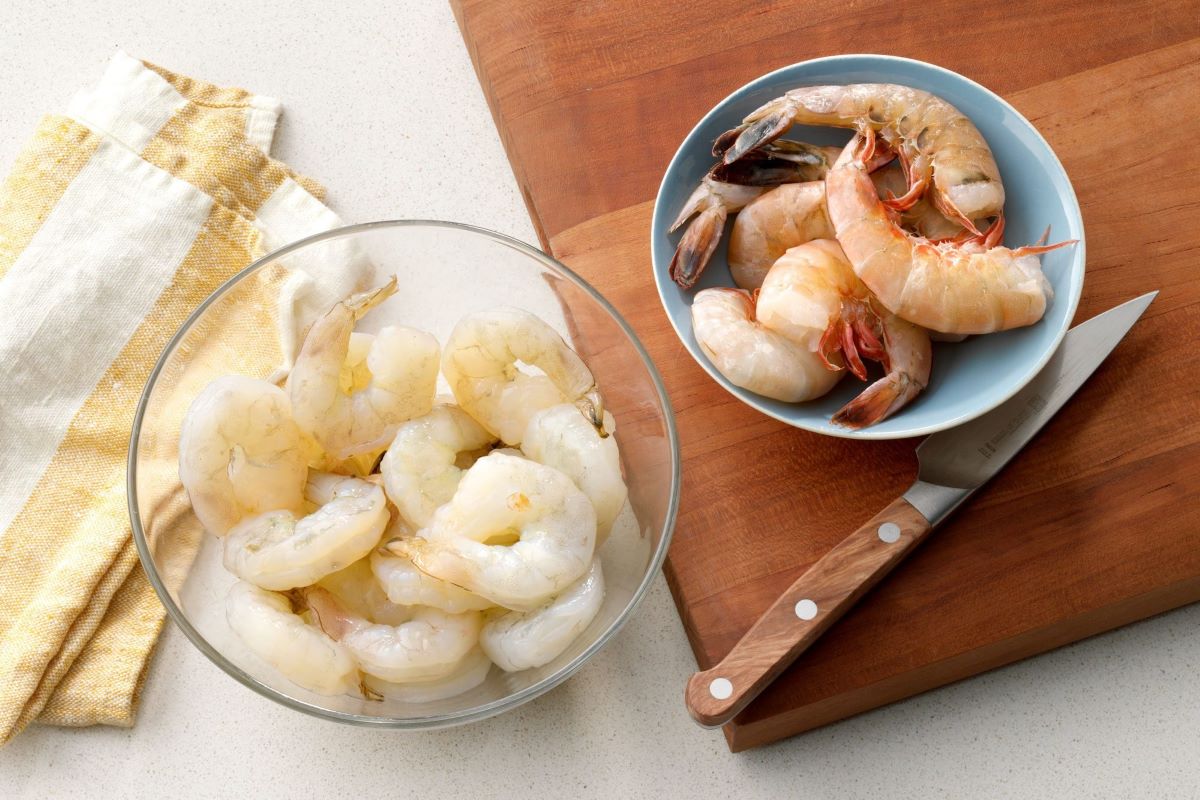
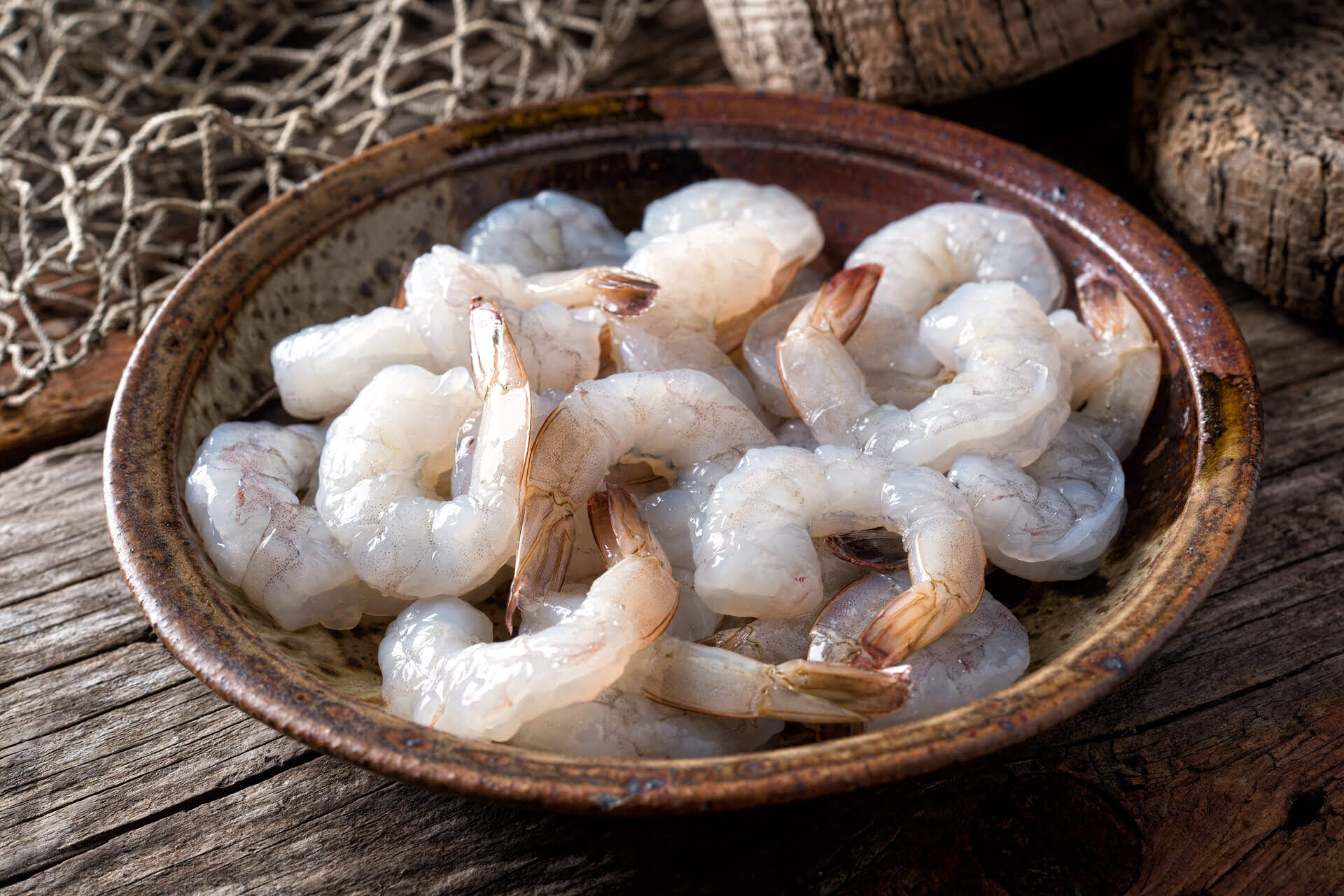
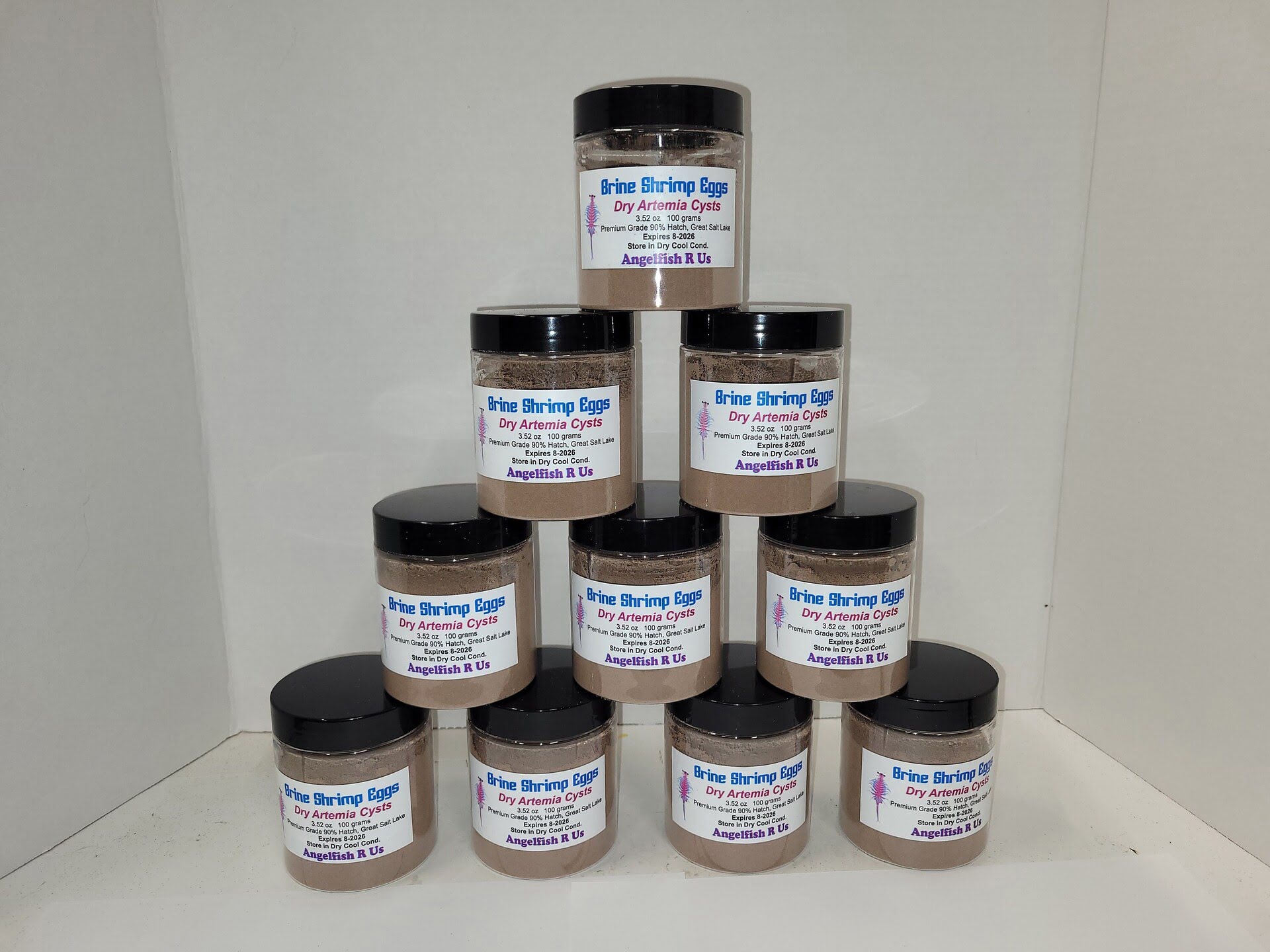
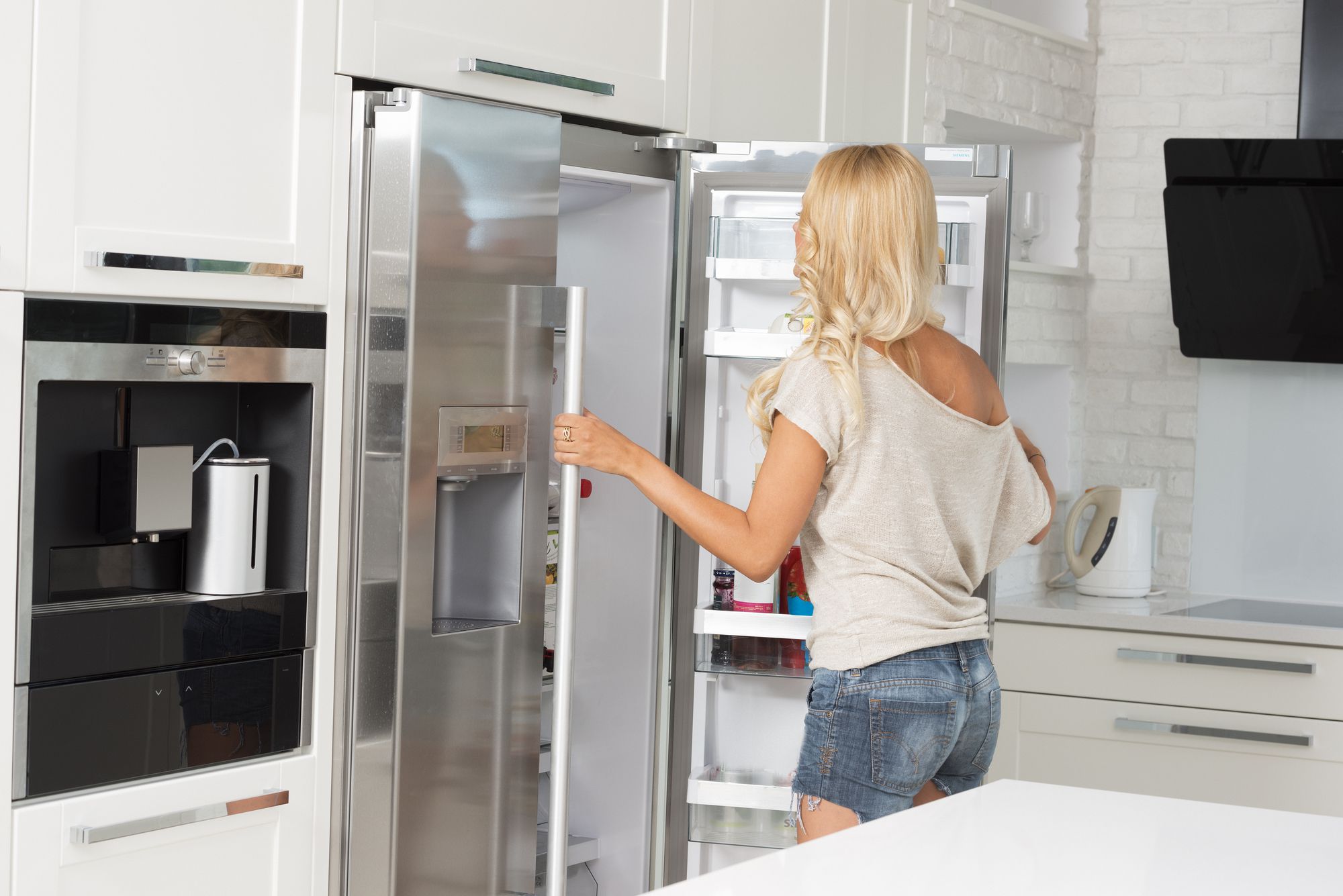
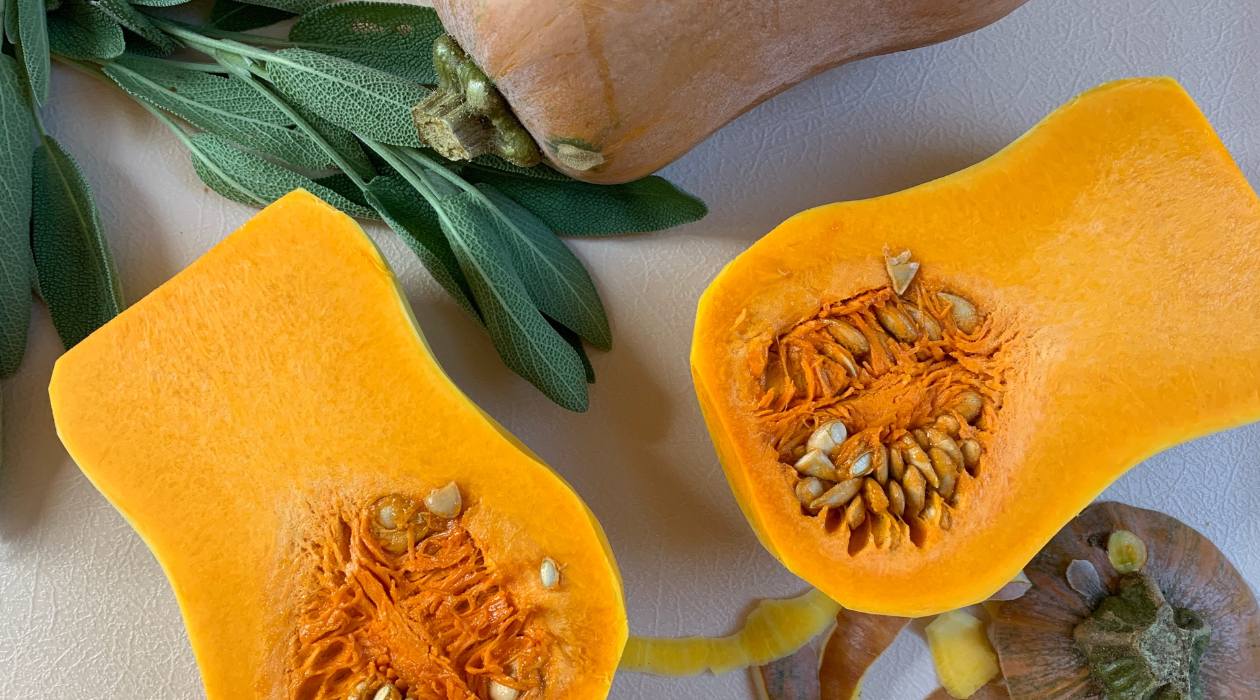
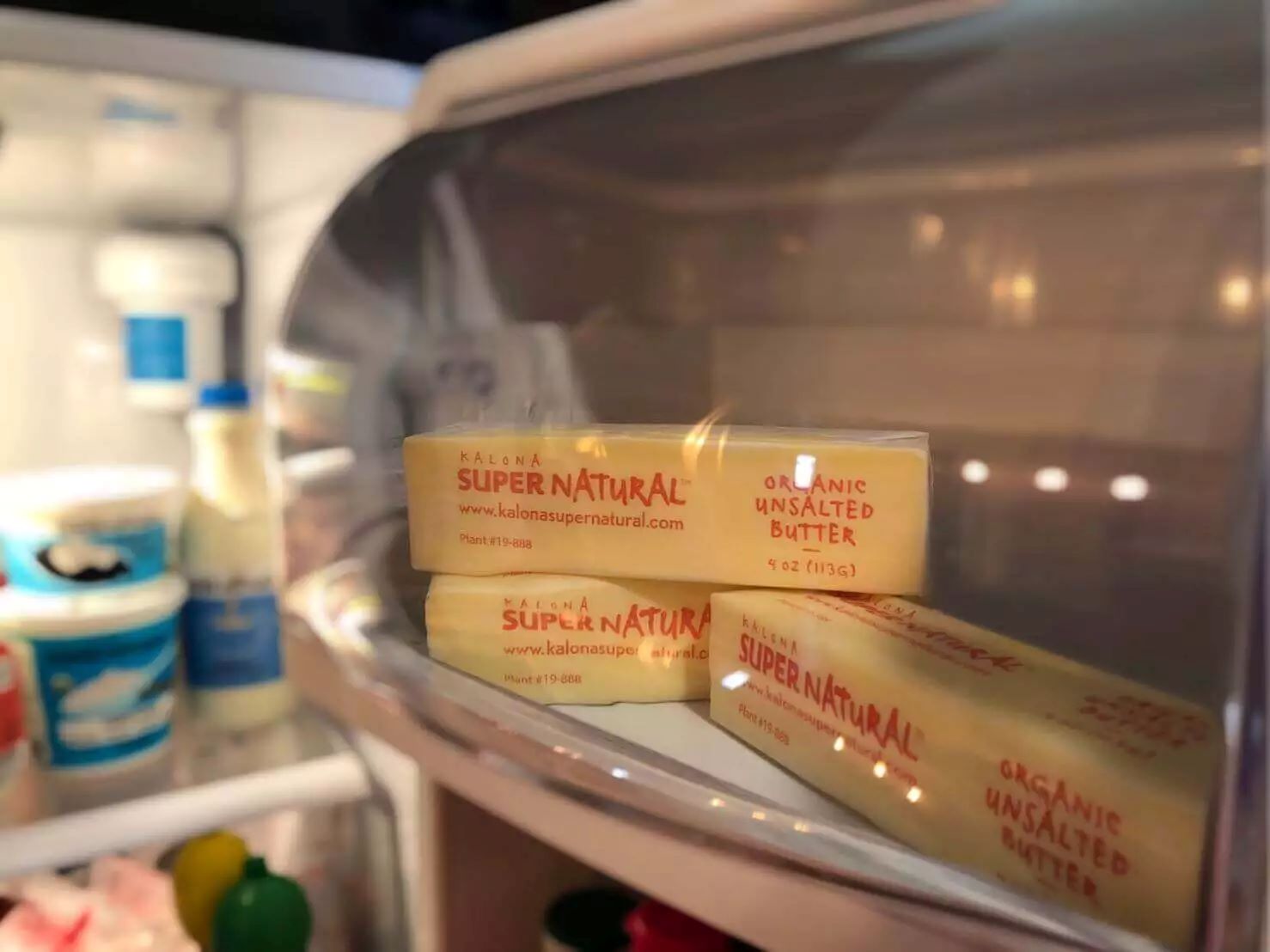
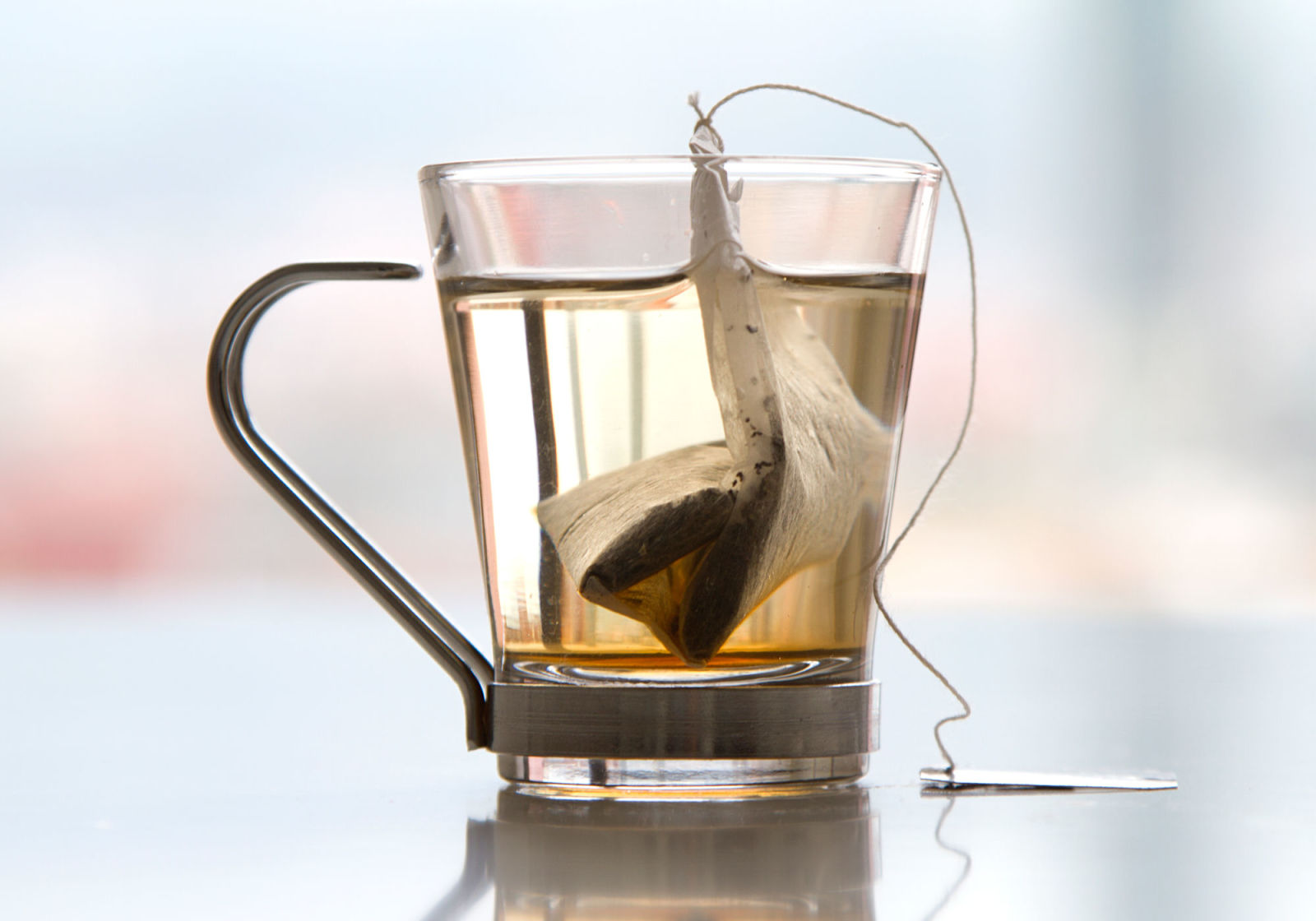

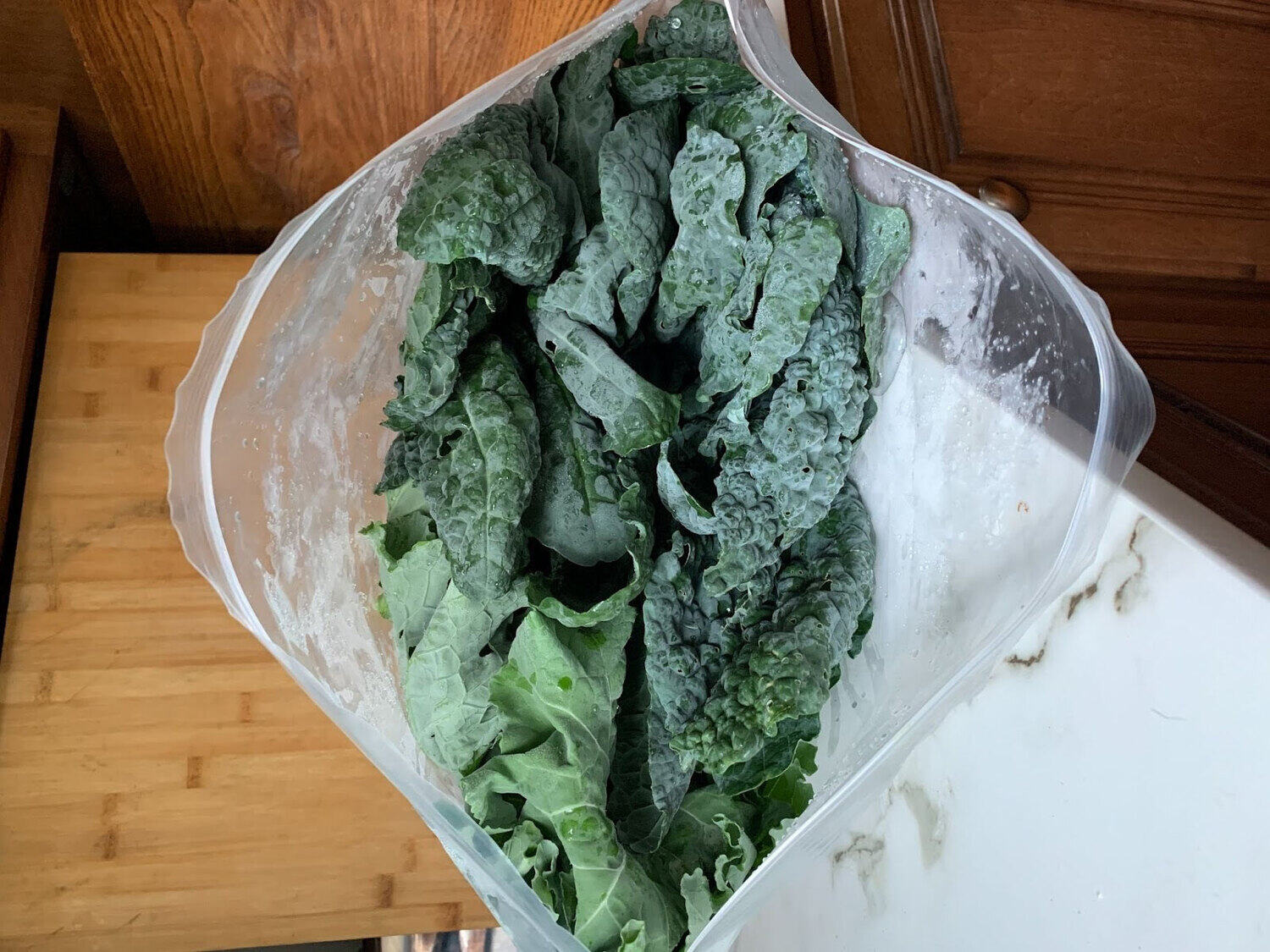
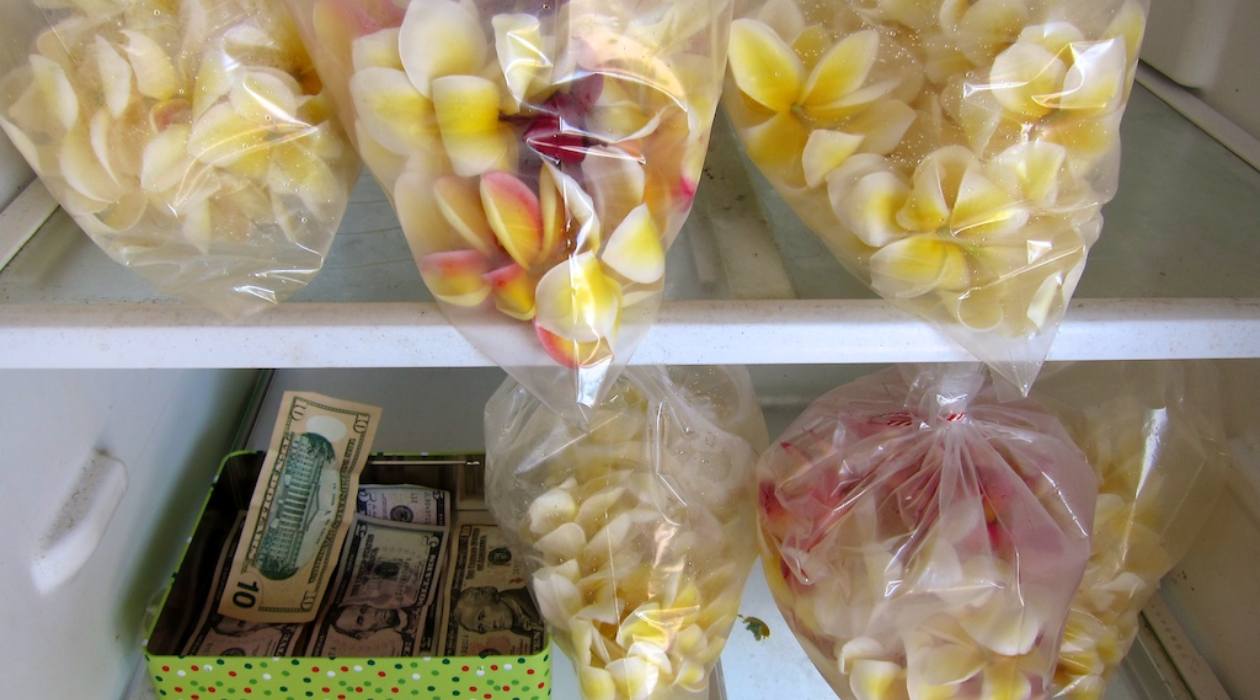
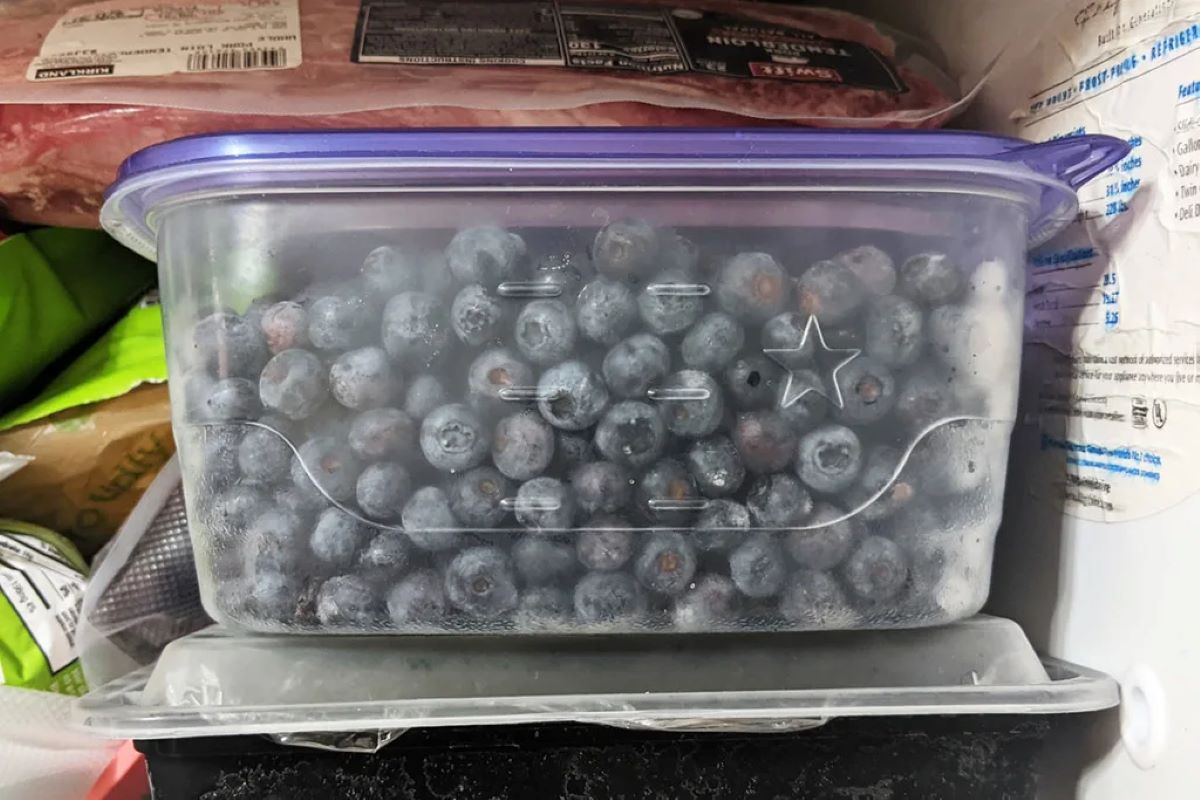
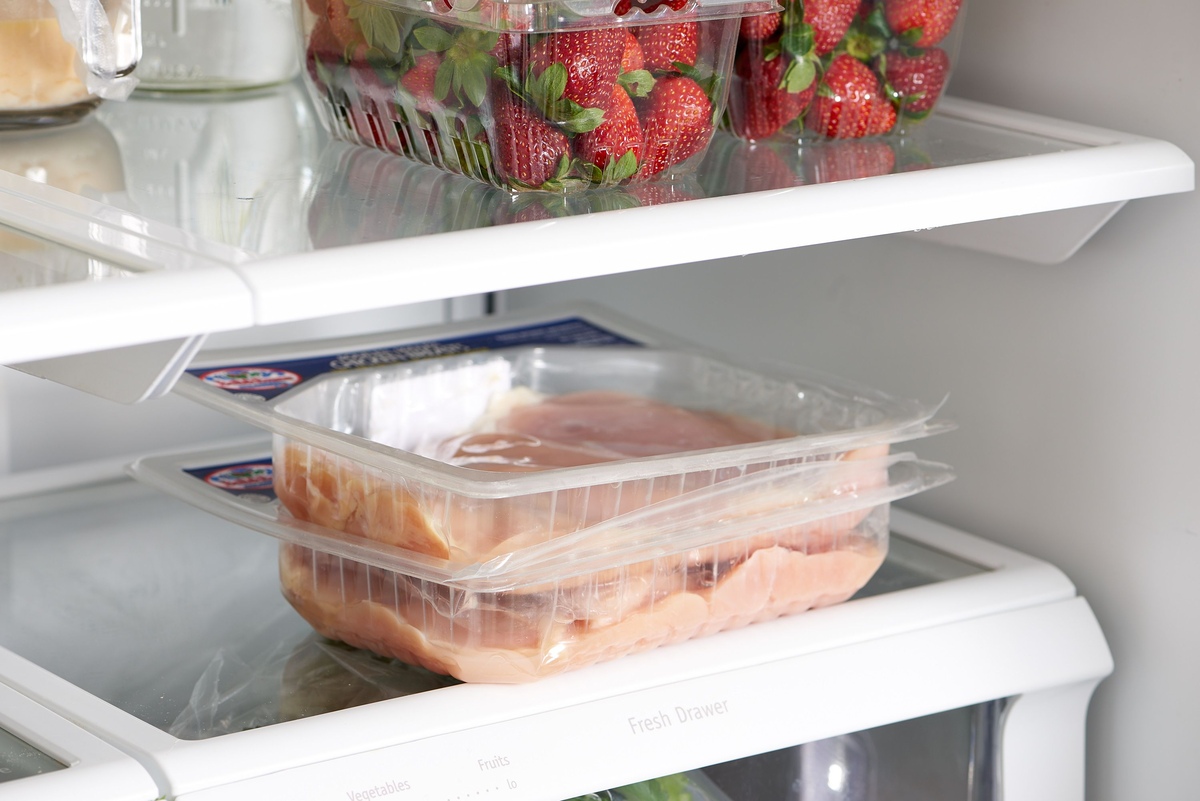
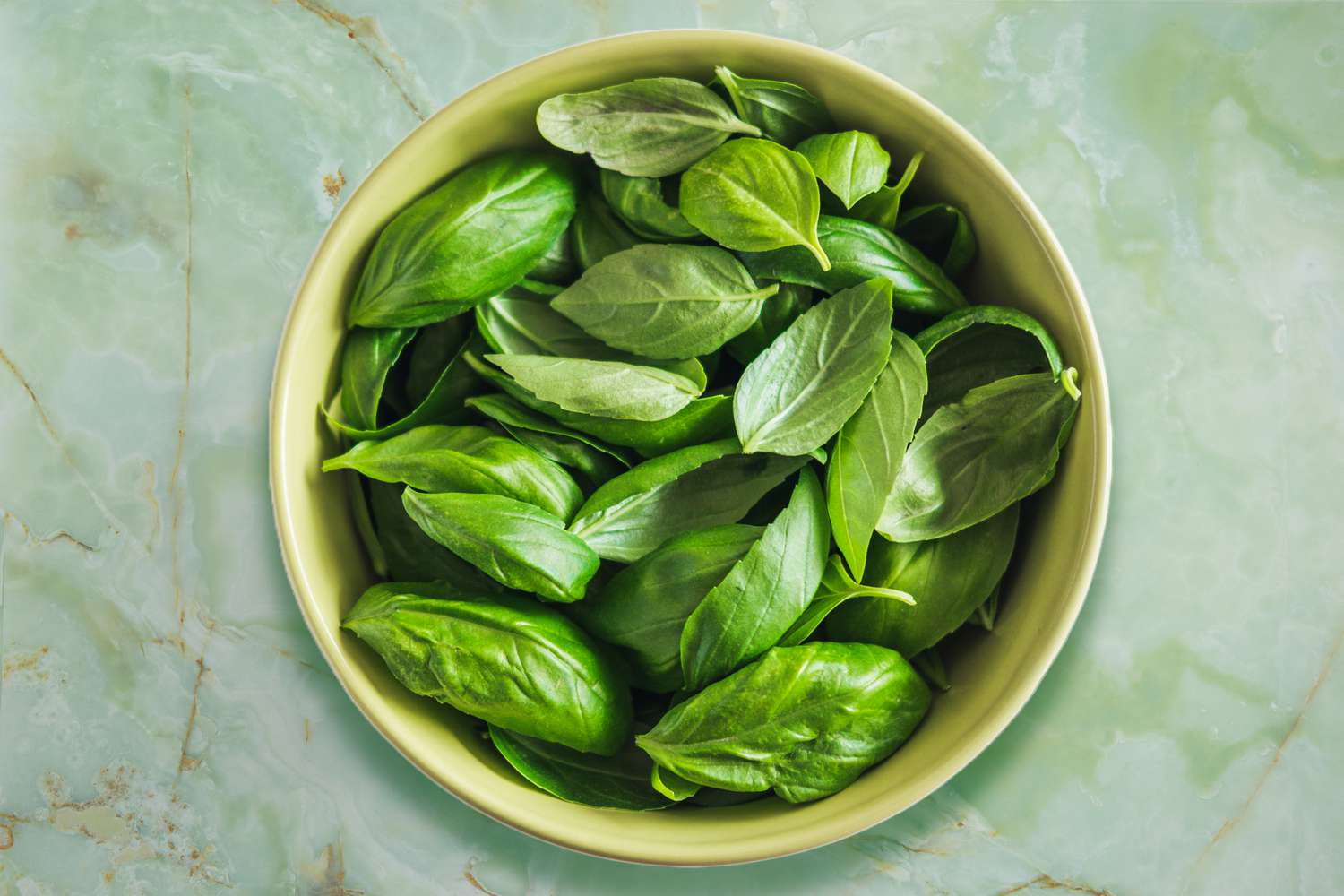
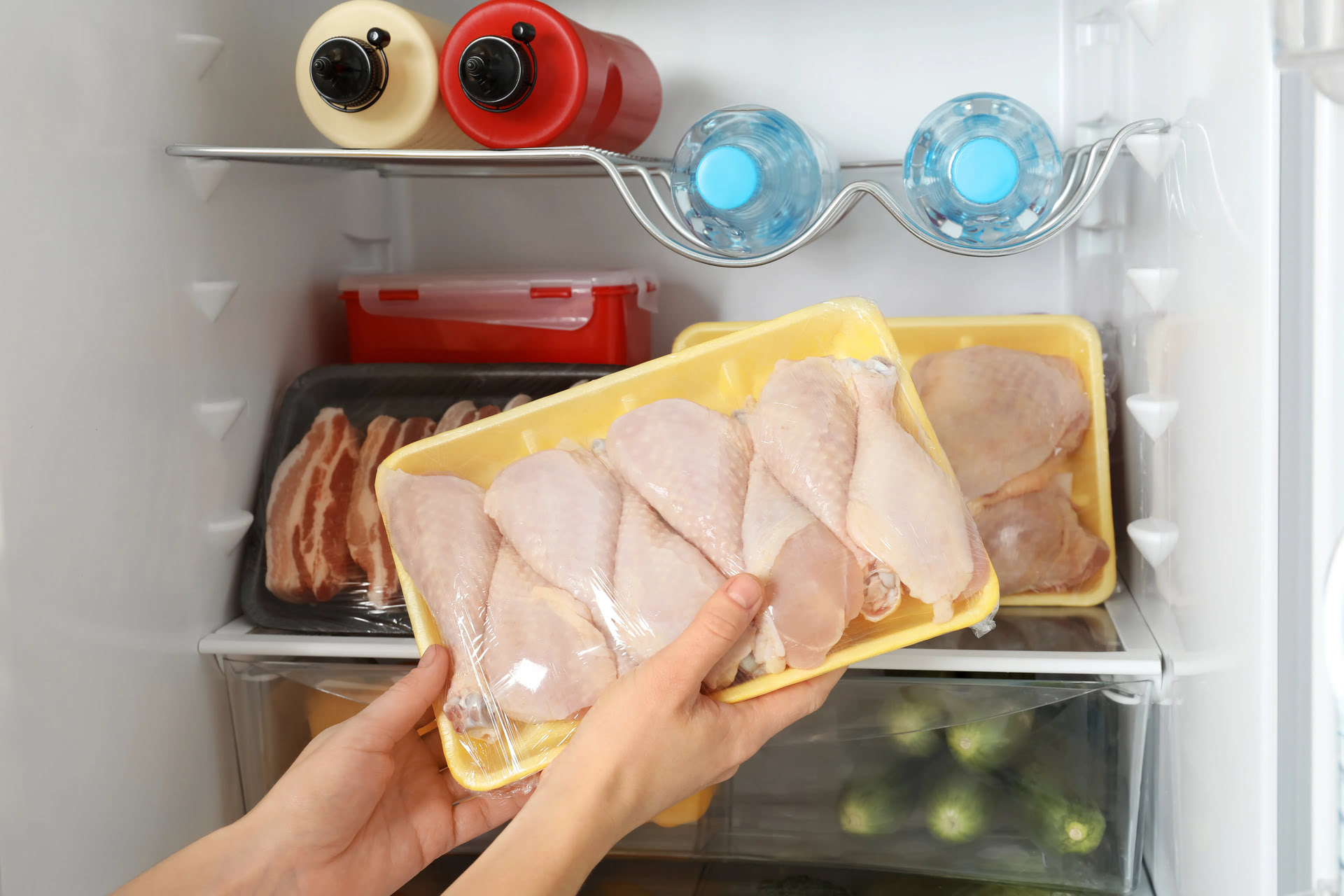

0 thoughts on “How To Store Shrimp In Fridge”